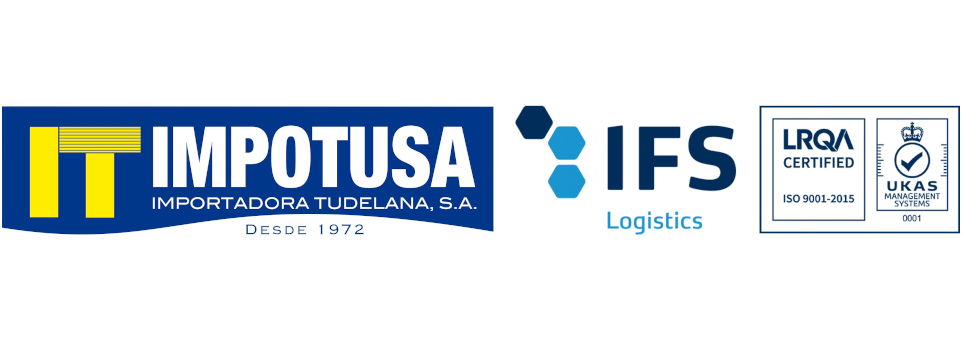- News
- 29409 views
When we talk about safety footwear for work use, many doubts often arise: What exactly is protective footwear? Are safety footwear and work footwear the same? When is the use of safety footwear mandatory ? ?
In this article we solve these and other questions
Types of safety footwear
and labor protection
Today there are different types of safety footwear .
Depending on the level of protection it offers, footwear for professional use can be classified into the following categories:
Security shoes
Safety footwear is characterized by providing protection in the toe area , which is why it incorporates a safety stop or toe. It guarantees protection against impact, with an equivalent energy of 200 J at the moment of impact and against static compression under a load of 15 KN.
Protective footwear
It also provides protection in the toe area by means of a safety stop or toe, but with less impact protection than safety footwear. Specifically, with an equivalent energy of 100 J at the moment of impact and against static compression under a load of 10 KN.
Work shoes or work shoes
It is a shoe for professional use that does not provide protection in the toe area . These are, for example, many of the shoes in the healthcare or food sector, as well as those intended for thermal insulation.
GRAY LEATHER BOOTS LEO FAL
ARIES FAL GRAY LEATHER BOOTS
BROWN FOREST NUBUK FAL BOOT
When is it mandatory
safety footwear?
He Protective and safety footwear are mandatory according to the risks faced by each industry, company and worker.
Factories, warehouses or carpentry shops
If in your work there is a risk of crushing or a heavy object falling on you, protective shoes with reinforced fiberglass or steel toe caps should be used.
Temperature changes
If you go from cold to hot or there are situations of high or low temperatures, it will be mandatory that you wear footwear that insulates you thermally . For example, forest guards, work in cold rooms, places where high temperature ovens are used, etc.
Risk of electric shock
The use of insulating footwear is also mandatory in jobs exposed to electrical discharges, such as electricians or personnel who are close to machines or devices that can produce these discharges.
slippery floors
In all cases where there is a risk of slipping, it will be mandatory that you wear protective footwear with special grip. For example, in areas where liquids are spilled or on scaffolding to prevent falls.
Filtering of liquids and powders
If there is a risk of liquids or dust leaking into the shoes, waterproof protective footwear will be used.
Sharp or cutting materials
If sharp or sharp material is handled in the workplace, you must wear shoes with a sole of a certain thickness to prevent the object from passing through the sole and reaching the foot.
In summary, safety footwear is mandatory in cases where there is a risk of : slips, blows from falling heavy objects, areas susceptible to electric shocks, places where machines such as pallet trucks and forklifts transit, scaffolding and places where there are sharp and sharp materials. .
At Impotusa all types of footwear and personal protective equipment (PPE) for each work sector. Contact us , we will help you.









